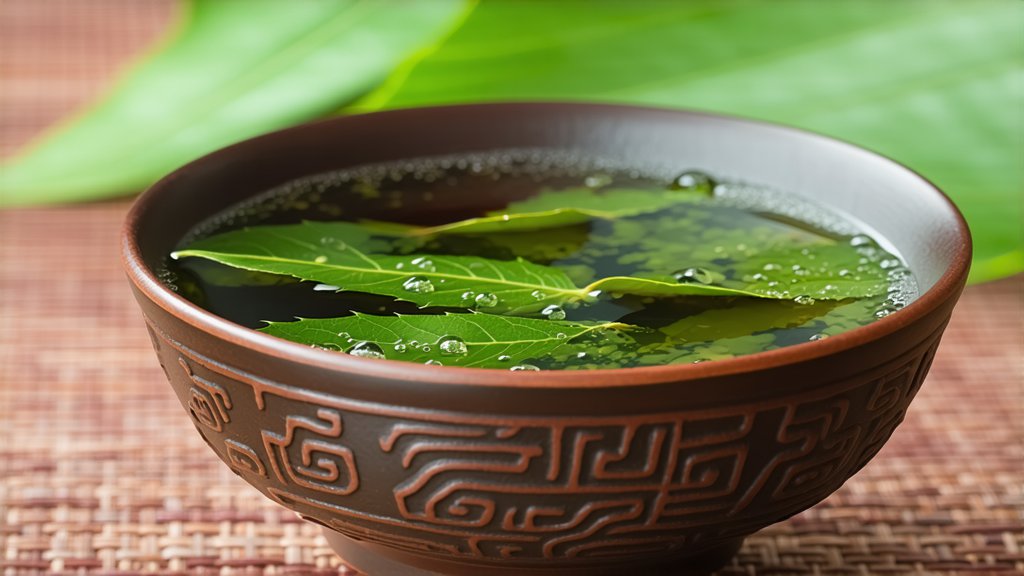
The world of tea is vast and diverse, offering a rich tapestry of flavors, aromas, and experiences. Among the myriad varieties, Oolong tea holds a special place in the hearts of tea enthusiasts worldwide. This semi-oxidized tea bridges the gap between green and black tea, offering a unique flavor profile that is both complex and intriguing. Within the realm of Oolong tea, one particular variety stands out for its distinctive character and storied history: Tieguanyin.
Historical Background
Tieguanyin, often referred to as the "Iron Goddess of Mercy," is a type of Oolong tea that originates from Anxi County in Fujian Province, China. Its name is derived from the Bodhisattva Guanyin (the Goddess of Mercy) and the Chinese word for "iron" (tie), which refers to the heavy, dense nature of its rolled leaves. The legend behind its name tells of a poor scholar who found a magical tea plant while studying for the imperial examinations. The plant was named after Guanyin, who appeared in his dreams and revealed the secret of its cultivation.
The history of Tieguanyin dates back to the early Qing Dynasty, around the 18th century. It quickly gained popularity for its exceptional quality and unique flavor, becoming a favorite among the Chinese elite and eventually reaching international markets. Today, it remains one of the most sought-after Oolong teas in the world.
Types of Tieguanyin
Tieguanyin comes in various forms, each with its own unique characteristics. The two main types are Anxi Tieguanyin and Taiwanese High Mountain Tieguanyin. While both share the same name, they differ significantly in terms of terroir, processing methods, and flavor profiles.
-
Anxi Tieguanyin: This is the original and most well-known form of Tieguanyin. It is grown in the mountainous regions of Anxi County and is known for its robust flavor and floral aroma. The leaves are typically tightly rolled and shaped like pellets, giving them the appearance of iron nails—hence the name "Iron Buddha."
-
Taiwanese High Mountain Tieguanyin: This variety is grown in the high-altitude regions of Taiwan and is known for its lighter, more delicate flavor profile compared to its Anxi counterpart. The leaves are usually larger and less tightly rolled, resulting in a more open and airy appearance.
Processing Techniques
The production of Tieguanyin involves a series of meticulous steps that contribute to its unique flavor and aroma. Here's an overview of the traditional processing techniques:
-
Plucking: The tea leaves are handpicked, usually when they are still young and tender. Only the top two or three leaves and a bud are selected to ensure the highest quality.
-
Withering: The freshly plucked leaves are spread out to wither under natural sunlight or in shaded conditions. This helps reduce moisture content and initiates the oxidation process.
-
Bruising: The withered leaves are then tossed or gently shaken to bruise the edges, promoting further oxidation. This step also helps release the essential oils and aromatics trapped within the leaves.
-
Fixation (Roasting): The leaves are briefly roasted in a wok or over charcoal to halt oxidation. This step also develops the characteristic toasty notes associated with Tieguanyin.
-
Rolling: The fixed leaves are rolled into tight pellets, either by hand or using specialized machinery. This shape not only gives Tieguanyin its distinctive appearance but also affects the brewing process and flavor release.
-
Drying: Finally, the rolled leaves are dried to remove any remaining moisture, ensuring stability and longevity. The drying process can be done using hot air or low-temperature roasting.
Appreciation and Tasting Notes
Tasting Tieguanyin is an experience that engages all the senses. Here are some guidelines for appreciating this exquisite tea:
-
Aroma: Before brewing, take a moment to appreciate the dry leaves' aroma. Anxi Tieguanyin often exudes floral notes, such as orchid or chrysanthemum, while Taiwanese High Mountain Tieguanyin may have more subtle, fruity or vegetal scents.
-
Liquor Color: When brewed, Tieguanyin yields a golden-yellow to light amber liquor, depending on the degree of oxidation and processing method.
-
Flavor: The taste of Tieguanyin is complex and layered, with a balance of sweetness, umami, and astringency. Anxi Tieguanyin tends to be more robust and full-bodied, with a creamy texture and a lingering finish. Taiwanese High Mountain Tieguanyin offers a lighter, more refined palate with hints of minerality and a smoother mouthfeel.
-
Aftertaste: One of the hallmarks of a high-quality Tieguanyin is its persistent aftertaste, which can range from sweet and floral to mineral and slightly bitter. The aftertaste should be clean, pleasant, and long-lasting.
-
Mouthfeel: Pay attention to how the tea feels in your mouth. A good Tieguanyin should have a silky, almost oily texture that coats the palate without being overly astringent or harsh.
To fully appreciate these nuances, it's recommended to use traditional Chinese teaware, such as a Yixing clay teapot or a Gaiwan (a shallow bowl with a lid and saucer). Brewing temperatures typically range from 185°F to 205°F (85°C to 96°C), with steeping times varying between 30 seconds to 2 minutes, depending on personal preference and the number of infusions.
In conclusion, Tieguanyin is not just a tea; it's a journey through history, culture, and craftsmanship. Each cup tells a story of the land, the people who cultivate it, and the artistry involved in its creation. Whether you're a seasoned tea connoisseur or a curious newcomer, exploring the world of tea, Tieguanyin offers a rewarding and unforgettable experience that transcends borders and connects us to centuries-old traditions.